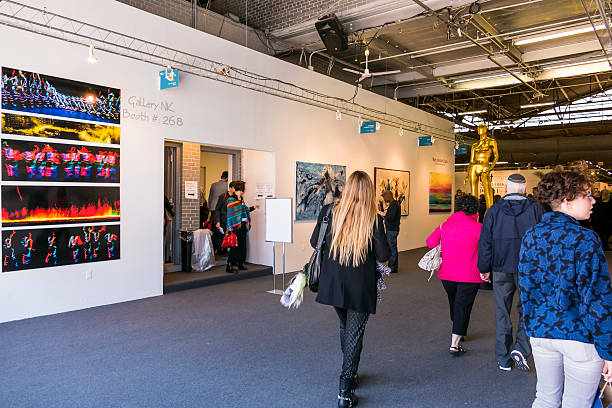Why Veteran Art Dealers Are Walking Away Now
The successful dealers of tomorrow will be curators, advisors, and project managers rather than space operators.

When Tim Blum announced the closure of his Los Angeles and Tokyo galleries after thirty years, the art world took notice. His decision signals something deeper than personal burnout. I've been tracking these market shifts closely. Blum's exit represents what he calls a "paradigmatic shift" in how the art business operates.
The breaking point
Blum sold 85% of his Art Basel booth in advance. Commercial success couldn't mask his growing frustration with the gallery machine. The endless cycle of fairs, openings, and administrative obligations had become unsustainable. His gallery introduced American audiences to Yoshitomo Nara and Takashi Murakami. These weren't small achievements. Yet he walked away from a proven model.
The traditional gallery structure demands constant infrastructure investment. Physical spaces, staff, inventory, insurance - the overhead never stops, regardless of market conditions.
Market data tells the story
The numbers support Blum's instincts. New buyers represented 44% of all gallery transactions in 2024. First-time collectors drove 38% of sales.
This shift changes everything. New collectors behave differently. They research online, compare globally, and expect flexible engagement models.
Meanwhile, established galleries face mounting pressure - some reported 50% revenue drops from 2023. The old model struggles with new market dynamics.
Collaborative solutions emerge
Smart dealers are adapting. Instituto de Visión and Proxyco now share gallery space in the Lower East Side. They're splitting costs while maintaining distinct programmes. This collaborative approach reduces individual risk and with shared infrastructure, combined marketing, and pooled resources, the maths works better than solo operations. Other galleries are exploring project-based models: Pop-up exhibitions, temporary partnerships, and digital-first presentations. The rigid monthly exhibition schedule is disappearing.
What this means for collectors
These changes create opportunities for serious collectors. Direct artist relationships become more accessible. Private sales increase as galleries reduce overhead and the intermediary role is evolving. Advisory services gain importance as traditional gallery functions fragment. Collectors need navigation help in this shifting landscape.
Digital platforms now handle 18% of total art market sales and that percentage will grow as younger collectors enter the market. The buying process is becoming more transparent and globally accessible.
The future model
Blum plans to continue working with artists through collaborations and special projects. No permanent spaces, no formal rosters. Maximum flexibility, minimum overhead.
This approach suits today's market realities. Artists want broader exposure options; collectors seek personalised experiences. Traditional galleries often constrain both sides.
The successful dealers of tomorrow will be curators, advisors, and project managers rather than space operators and they'll focus on relationships and expertise rather than real estate and inventory. Market intelligence becomes crucial in this environment. Understanding collector behaviour, artist trajectories, and global trends matters more than maintaining prestigious addresses.
The gallery world Blum is leaving behind has built many careers and fortunes. But markets evolve. The dealers who recognise this shift early will shape the industry's next chapter.

